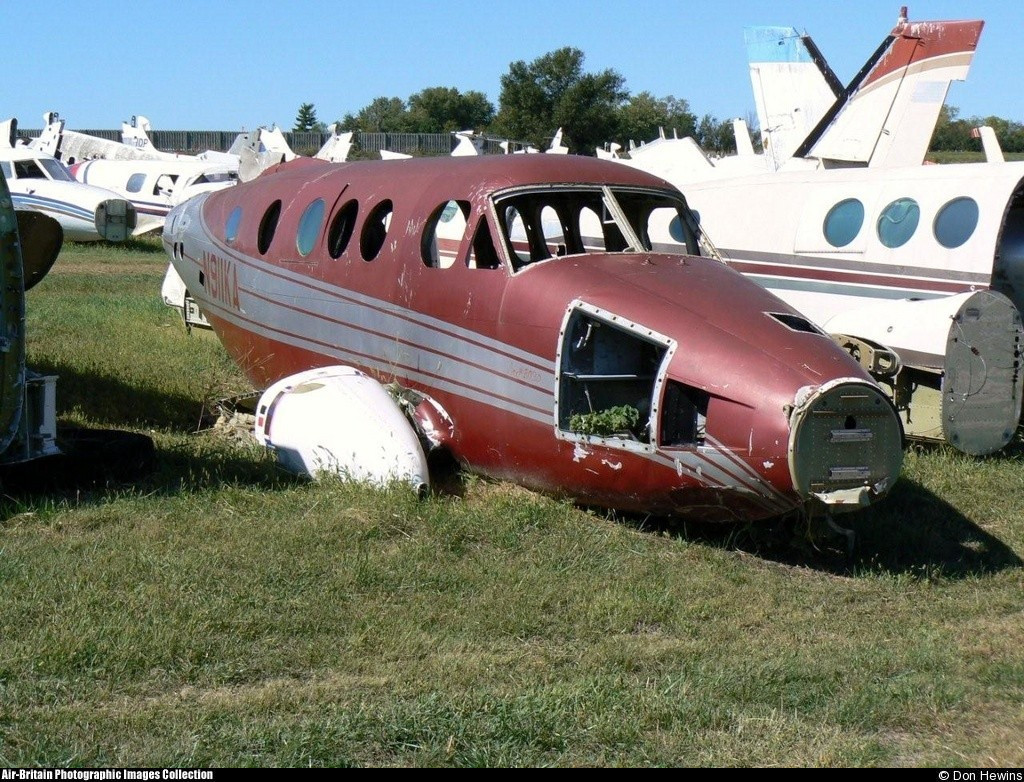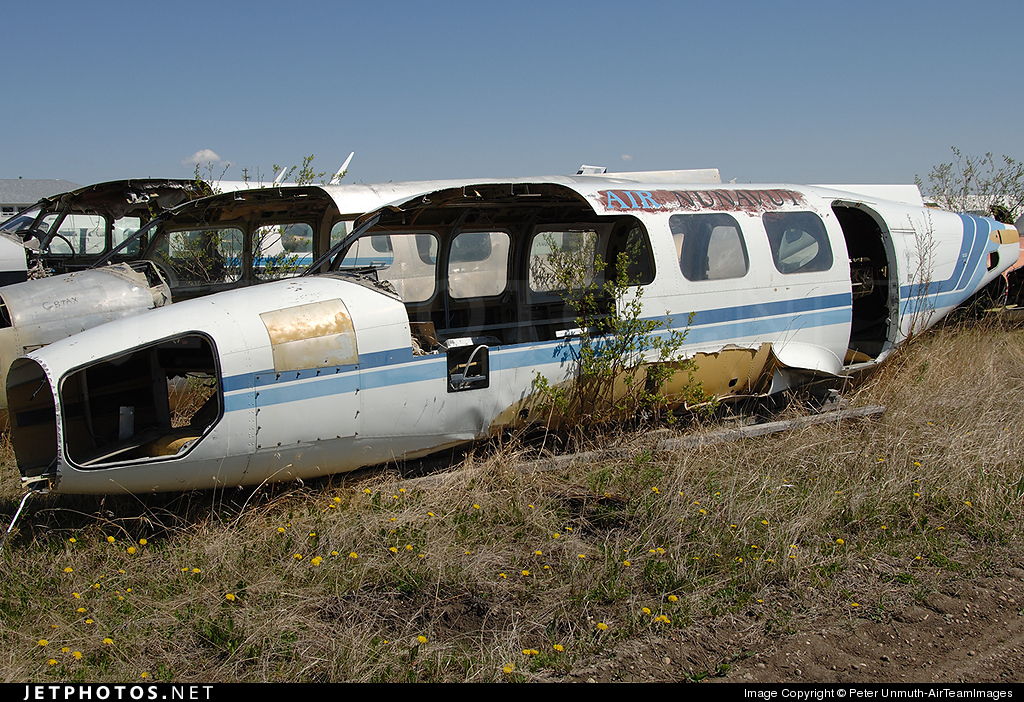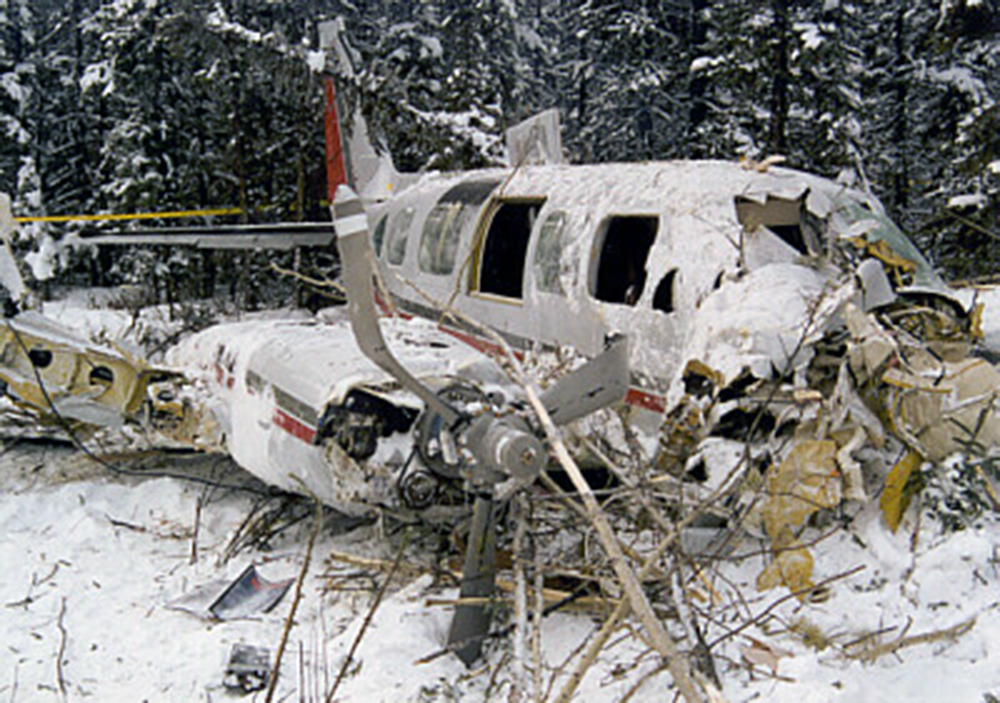Crash of a Cessna T207A Skywagon in Arusha: 5 killed
Date & Time:
Feb 3, 1998 at 0725 LT
Registration:
5H-PAT
Survivors:
No
Schedule:
Arusha - Zanzibar
Crew on board:
1
Crew fatalities:
Pax on board:
4
Pax fatalities:
Other fatalities:
Total fatalities:
5
Captain / Total hours on type:
300.00
Circumstances:
After takeoff from Arusha Airport runway 09, while climbing, the pilot declared an emergency following an engine failure. While attempting to return, he lost control of the airplane that crashed 1,200 metres from the runway, bursting into flames. All five occupants were killed, among them four Italian citizens.
Probable cause:
The exact cause of the engine failure could not be determined with certainty. The aircraft was maintained according to published procedures. At the time of the accident, the engine had 1,245 flying hours and the next maintenance was scheduled within 155 flying hours.















